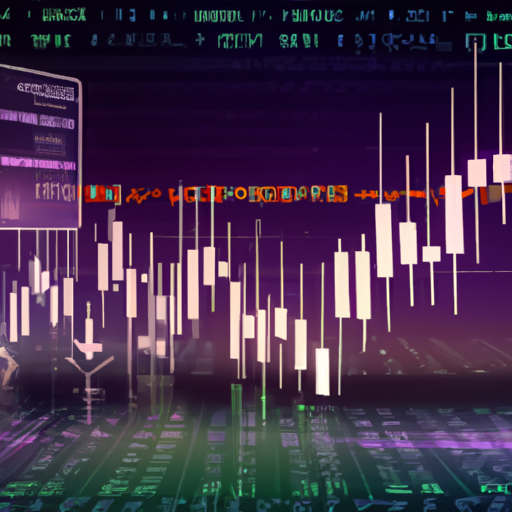Trading Systems
Unveiling the secrets of trading systems
Trading systems are the backbone of modern trading, allowing traders to execute strategies with precision and efficiency.
They are essential for anyone looking to navigate the complex world of financial markets successfully.
In this article, we’ll explore the various facets of trading systems, from their basic principles to advanced applications.
By the end, you’ll have a comprehensive understanding of how trading systems work and why they are indispensable tools for traders.
What are trading systems?
At their core, trading systems are sets of rules and algorithms designed to automate trading decisions.
These systems can range from simple rule-based setups to complex algorithms that leverage machine learning and artificial intelligence.
The primary goal is to eliminate human emotion from trading decisions, thereby increasing consistency and performance.
For instance, a simple trading system might buy a stock when its price crosses above its 50-day moving average and sell when it falls below this threshold.
More sophisticated systems could incorporate multiple indicators, risk management rules, and even predictive analytics.
The benefits of using trading systems
One of the most compelling reasons to use trading systems is their ability to execute trades with high speed and accuracy.
High-frequency trading (hft) is a prime example where trading systems excel by making thousands of trades per second based on market conditions.
Another significant benefit is risk management. A well-designed trading system can include stop-loss orders and position sizing rules that help mitigate potential losses.
This ensures that your risk exposure remains within acceptable limits.
Additionally, trading systems can backtest strategies using historical data. This allows traders to evaluate the effectiveness of their strategies before deploying them in live markets.
By doing so, you can identify potential weaknesses and make necessary adjustments without risking real money.
Different types of trading systems
There are several types of trading systems, each designed for specific market conditions and trader preferences.
Let’s delve into some of the most common ones:
Rule-based trading systems
Rule-based trading systems rely on predefined criteria to make trading decisions.
These criteria can include technical indicators like moving averages or fundamental factors such as earnings reports.
For example, a rule-based system might buy a stock if its relative strength index (rsi) falls below 30 (indicating it’s oversold) and sell if rsi rises above 70 (indicating it’s overbought).
Algorithmic trading systems
Algorithmic trading systems use complex mathematical models to make trading decisions.
These algorithms can process vast amounts of data in real-time, identifying patterns that may not be visible to human traders.
For instance, an algorithmic system might analyze social media sentiment alongside market data to predict price movements more accurately.
High-frequency trading systems
High-frequency trading systems are designed for executing a large number of trades in a very short period.
These systems capitalize on small price discrepancies across different markets or assets.
They require substantial computational power and low-latency connections to be effective but offer significant profit potential for those who master them.
How to develop your own trading system
Developing your own trading system involves several steps that require careful planning and execution:
Define your objectives and constraints
Before you start developing your trading system, it’s crucial to define your objectives clearly.
Are you looking for short-term gains or long-term investments?
What level of risk are you willing to tolerate?
Answering these questions will help you tailor your system accordingly.
Select appropriate tools and data sources
The next step is selecting the right tools and data sources for your needs.
You’ll need reliable market data feeds, charting software, and possibly even coding skills if you’re building an algorithmic system from scratch.
Many traders use platforms like metatrader or ninjatrader because they offer robust features tailored specifically for developing automated strategies.
Testing and optimization:
Once you’ve built your initial model or set up rules in place—it’s time for rigorous testing using historical data known as backtesting.
Make sure not only does it perform well historically but also under different market scenarios—this helps ensure robustness when deployed live.
Monitor and adjust:
After going live—continuous monitoring becomes essential; markets evolve over time—requiring periodic adjustments ensuring alignment with current conditions.
The role of risk management in trading systems:
No matter how sophisticated—a key component always remains—risk management!
Without proper mechanisms controlling downside risks—even best-designed models could face catastrophic failures during unexpected events!
Incorporating elements such as stop-loss orders/trailing stops/position sizing rules—all contribute towards safeguarding capital while pursuing profitability goals!
Conclusion
Trading system’s significance cannot be overstated—they bring discipline/consistency into inherently volatile environments!
Whether opting simple rule-based approaches—or diving deep into realms hft/algorithmics—their value lies enabling informed decision-making devoid emotional biases!
So next time contemplating enhancing strategy—consider exploring realm ‘trading systems’ unlocking new dimensions within journey towards financial success!










